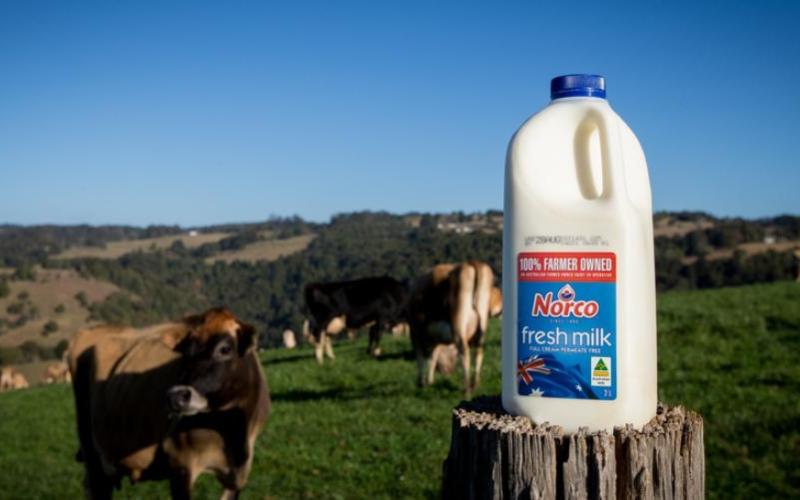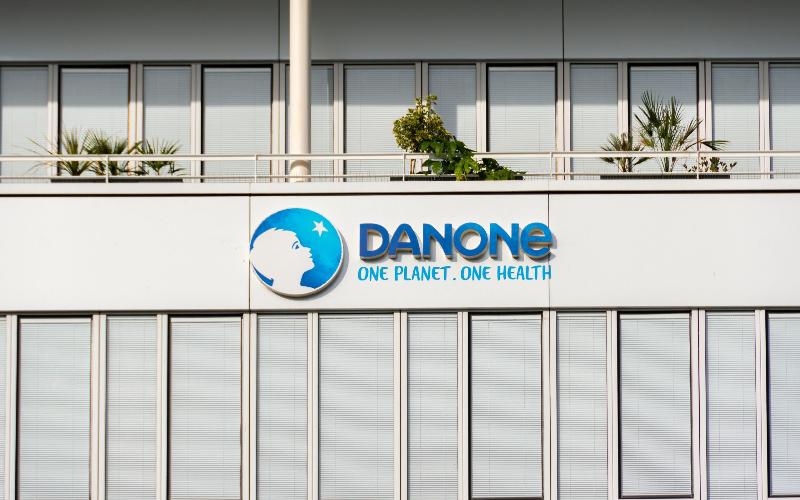California Faces Critical Decision on Dairy Methane Regulations
Source: DairyNews.today
Environmental Groups Push for Stronger Regulation, While Dairy and Biogas Industries Advocate for Continued Subsidies

As California’s dairy industry faces mounting pressure over its methane emissions, the California Air Resources Board (CARB) is poised to decide whether to introduce long-overdue regulations on dairy methane — a significant source of the state’s greenhouse gas emissions. The upcoming November CARB meeting could see a shift in how the state addresses methane pollution from mega-dairies, which currently operate with minimal regulation and receive substantial incentives under California’s Low-Carbon Fuel Standard (LCFS) program.
The stakes are high: methane, although shorter-lived than carbon dioxide, is vastly more potent as a greenhouse gas. Under state law SB 1383, passed in 2016, California has committed to reducing methane emissions to 40% below 2013 levels by 2030. While landfills, wastewater treatment plants, and the oil and gas sector have all seen emissions caps introduced to meet this target, the dairy industry has largely escaped such regulations — until now.
Currently, the LCFS program allows dairy farms to earn lucrative credits for capturing methane via anaerobic digesters, transforming it into renewable natural gas (RNG). These credits, classified as carbon-negative, are sold to fossil fuel companies, which use them to lower their overall carbon footprint on paper. Some dairy operations make nearly as much from these credits as they do from milk sales, with significant investments from the oil and gas industry flowing into dairy biogas projects.
However, CARB’s Environmental Justice Advisory Committee (EJAC), as well as a coalition of environmental groups, argue that these incentives are counterproductive. Critics contend that the LCFS’s crediting system inadvertently encourages dairies to expand operations, increasing methane emissions instead of reducing them. They also highlight the negative impact on nearby communities, which experience heightened levels of air and water pollution as a result of large-scale dairy operations.
In response to these concerns, CARB board members have requested a comprehensive plan to regulate dairy methane emissions directly. The proposed changes include ending the automatic 10-year crediting extensions for existing and new methane capture projects, which could reduce the profitability of dairy biogas ventures. This shift would bring dairy methane regulations in line with other industries, such as landfills, which must comply with state methane limits.
The dairy and biogas industries, however, warn that reducing or eliminating these credits could threaten the economic viability of methane digesters, which require substantial capital investment. Board members, including CARB Chair Liane Randolph, have acknowledged the need to balance environmental goals with financial considerations for the industry. They are exploring options to provide a regulatory “roadmap” that reduces methane emissions while ensuring projects remain viable without long-term subsidies.
The broader implications of CARB’s decision extend beyond California. Several energy companies are advocating for federal clean fuel programs that mirror California’s LCFS structure, potentially expanding similar dairy biogas subsidies nationwide. Environmental advocates caution that continuing to treat dairy methane as a “carbon-negative” fuel could undermine federal clean energy goals by diverting investment from truly sustainable technologies, such as electric vehicles and green hydrogen.
As the CARB board prepares for its November meeting, the decision on dairy methane regulations represents a pivotal moment in California’s climate policy. Advocates for stricter regulation argue that CARB has an opportunity to eliminate what they see as a subsidy scheme that distorts the state’s environmental priorities. Dairy and biogas industry stakeholders, meanwhile, maintain that these credits are essential for achieving California’s methane reduction targets. The outcome could set a precedent for methane regulation and clean fuel incentives across the U.S., as the debate over balancing economic growth with environmental responsibility intensifies.
The stakes are high: methane, although shorter-lived than carbon dioxide, is vastly more potent as a greenhouse gas. Under state law SB 1383, passed in 2016, California has committed to reducing methane emissions to 40% below 2013 levels by 2030. While landfills, wastewater treatment plants, and the oil and gas sector have all seen emissions caps introduced to meet this target, the dairy industry has largely escaped such regulations — until now.
Currently, the LCFS program allows dairy farms to earn lucrative credits for capturing methane via anaerobic digesters, transforming it into renewable natural gas (RNG). These credits, classified as carbon-negative, are sold to fossil fuel companies, which use them to lower their overall carbon footprint on paper. Some dairy operations make nearly as much from these credits as they do from milk sales, with significant investments from the oil and gas industry flowing into dairy biogas projects.
However, CARB’s Environmental Justice Advisory Committee (EJAC), as well as a coalition of environmental groups, argue that these incentives are counterproductive. Critics contend that the LCFS’s crediting system inadvertently encourages dairies to expand operations, increasing methane emissions instead of reducing them. They also highlight the negative impact on nearby communities, which experience heightened levels of air and water pollution as a result of large-scale dairy operations.
In response to these concerns, CARB board members have requested a comprehensive plan to regulate dairy methane emissions directly. The proposed changes include ending the automatic 10-year crediting extensions for existing and new methane capture projects, which could reduce the profitability of dairy biogas ventures. This shift would bring dairy methane regulations in line with other industries, such as landfills, which must comply with state methane limits.
The dairy and biogas industries, however, warn that reducing or eliminating these credits could threaten the economic viability of methane digesters, which require substantial capital investment. Board members, including CARB Chair Liane Randolph, have acknowledged the need to balance environmental goals with financial considerations for the industry. They are exploring options to provide a regulatory “roadmap” that reduces methane emissions while ensuring projects remain viable without long-term subsidies.
The broader implications of CARB’s decision extend beyond California. Several energy companies are advocating for federal clean fuel programs that mirror California’s LCFS structure, potentially expanding similar dairy biogas subsidies nationwide. Environmental advocates caution that continuing to treat dairy methane as a “carbon-negative” fuel could undermine federal clean energy goals by diverting investment from truly sustainable technologies, such as electric vehicles and green hydrogen.
As the CARB board prepares for its November meeting, the decision on dairy methane regulations represents a pivotal moment in California’s climate policy. Advocates for stricter regulation argue that CARB has an opportunity to eliminate what they see as a subsidy scheme that distorts the state’s environmental priorities. Dairy and biogas industry stakeholders, meanwhile, maintain that these credits are essential for achieving California’s methane reduction targets. The outcome could set a precedent for methane regulation and clean fuel incentives across the U.S., as the debate over balancing economic growth with environmental responsibility intensifies.














